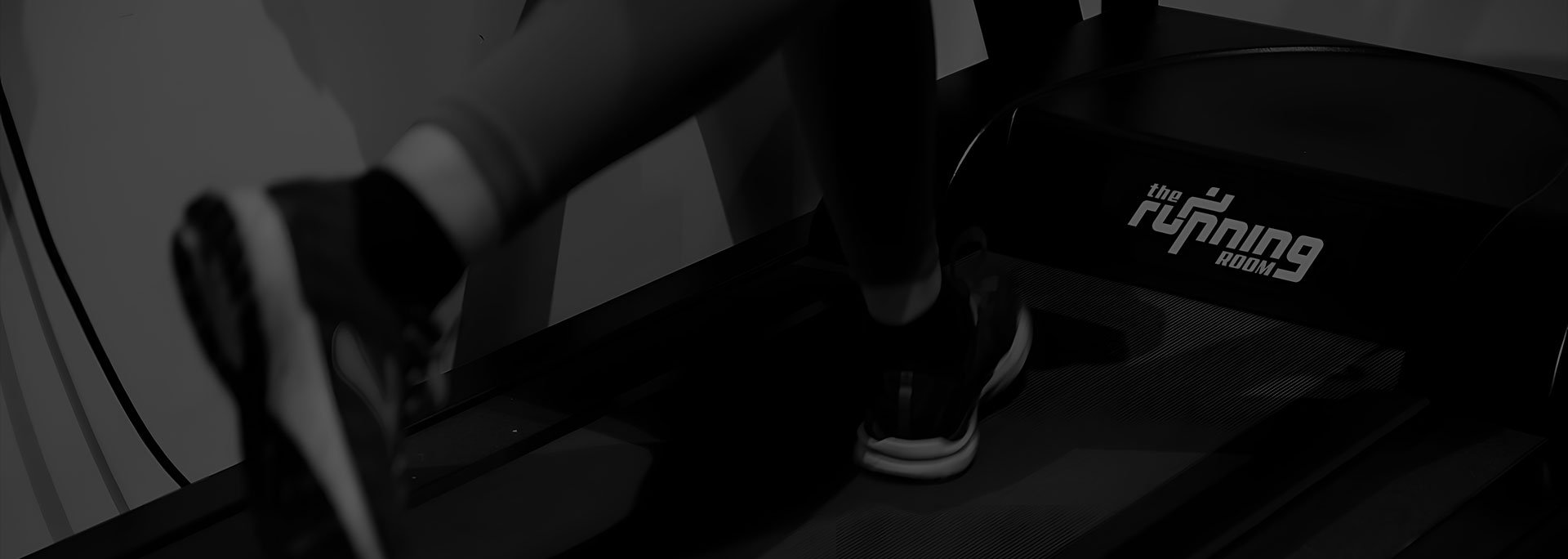
What are pelvic floor exercises and when should I start doing them?
Written by: Madison Cutmore (Physiotherapist in Women’s Health).
TOP TIPS for Pelvic Floor Rehab for the first six week postpartum (and beyond).
Pelvic floor health is important throughout the lifespan, however it is especially important in the first six weeks postpartum. Not only have postnatal women spent ~9months carrying the pressure of a growing baby on their pelvic floor, if they’ve had a vaginal delivery, they have had the added stress of pelvic floor stretching and/or tearing. To understand your pelvic floor you need to first understand some anatomy. Your pelvic floor is a group of muscles and fascia that form a ‘sling’ and run from your pubic bone to your tailbone and help support all of your internal pelvic organs, help prevent leakage and are important in sexual function.
To kickstart your pelvic floor rehab:
1. Start ASAP postnatally to begin strengthening and to restore neural pathways that can be broken due to trauma and damage during delivery. The easiest cue for activating your pelvic floor is to simply think about stopping the flow of urine when you’re on the toilet. Whilst you don’t want to train your pelvic floor on the toilet as this can create bad patterns, you do want to visualise this cue and think about the contraction in three parts: squeeze, lift, relax.
2. Train it like any other muscle in your body, your pelvic floor needs regular and consistent training. You need to train your pelvic floor at least three times a week, just like you would any other muscle. Training is most effective when completed in a block, with exercises focussed on strength, endurance and coordination. And, the good news is that it actually works - pelvic floor muscle training has been shown across many studies to cure urinary stress incontinence in 50% of women and improve symptoms of leaking in 75% of women (Cochrane, 2018).
3. Time your training with your breathing - it can be helpful to link your training to your breathing; your pelvic floor naturally descends when you inhale and lifts when you exhale. SO cueing your breathing with your training to inhale relax your pelvic floor then exhale contract, squeeze and lift, can help you learn the correct patterning.
4. Coordinate with movements - once you have nailed your pelvic floor contraction, start to incorporate this into different positions and with different movements. See if you can activate in childs pose, 4pt kneeling and then with a bridge!
5. Try this! Given the variation in women’s pelvic health, there is no perfect program or exercise for everybody and It’s important that you consult a women’s health physiotherapist to do a vaginal exam to assess the quality of your pelvic floor. Here’s a common pelvic floor program for an underactive pelvic floor:
Repeat for 5 mins:
● Pelvic tilts x10
● 5second Pelvic floor holds x5
● Bridges with pelvic floor contraction x10
● Pelvic floor in childs pose (quick ones to fatigue) x10
COMMON QUESTIONS ABOUT WOMEN’S HEALTH PHYSIO?
+ WHAT IS WOMEN’S HEALTH PHYSIOTHERAPY?
This involves treating issues related to pelvic floor, incontinence, pain around the back, hips or SIJ or any pre or postnatal concerns such as Diastasis Recti (Belly Separation) or just wanting the best advice on how and when to exercise before and after your delivery.
+ WHAT CAN YOU EXPECT WHEN YOU SEE OUR WOMEN’S HEALTH PHYSIOTHERAPIST?
At The Running Room our women’s health physiotherapists do a very thorough history and assessment of the key muscles around your belly, back and pelvic floor. These all work together to keep you functioning well. Both Madison Cutmore and Laura Hill have completed further training and are able to perform internal exams if clinically necessary. However, not all women’s health consultations will require internal examination and we are able to assess your condition externally also.
+ WHAT DO WE DO IN A WOMEN’S HEALTH CONSULTATION?
Assess how you are functioning and give you a diagnosis and a clear time frame back to health is our priority. We can also advise on your current exercise level and what exercises you need to do to get back to 100% healthy and happy.
Along the way we may advise on certain braces or supports to help like Belly braces, SIJ braces or recovery pants.
+ WHO SHOULD YOU SEE FOR YOUR WOMEN’S HEALTH CONSULTATION
Madison Cutmore and Laura Hill are both passionate women’s health physiotherapists whom have completed further training to accurately assess and treat women who are experiencing symptoms relating to Women’s Health.
Madison Cutmore is available in Sydney’s Eastern Suburbs at our Clovelly location.Laura Hill is available at iMove Physiotherapy in Rozelle.

![[Mo]re Than A Run Sydney 2024 🥸
So good to see so many people out running this morning and showing up (despite the rain around CP) all in aid of men’s mental health. Over 200 runners bopping around Centennial, chatting and starting conversati](https://images.squarespace-cdn.com/content/v1/5a77ea35dc2b4a0bdb3fc4b9/1732941224838-WML7GNF86XR3TXA8ZQ5L/image-asset.jpeg)


